Characterised by a selection of trees planted en masse, most arboretums have plenty of sun-dappled spots which are perfect for an al-fresco lunch or a brisk morning walk. Read on for our edit of the best arboretums around the UK...
The history of arboretums
The concept of an arboretum dates back to the Egyptians, who endeavoured to transplant groups of foreign trees together to create exotic collections in honour of the Pharaohs.
However, it was the ingenuity and ambition of the Victorians that led to the term arboretum being used to describe a collection of trees. The renowned Scottish botanist, garden designer and writer, John Claudius Loudon, (1783–1843), first coined the phrase in 1833 in his magazine publication The Gardener’s Magazine.
Inspired by the influx of plant introductions of the day, Loudon’s style was to display individual plants as specimens and he grouped and labelled trees in informal groves, allowing them to develop their natural form.
One of his most influential and important commissions came from the Liberal industrialist Joseph Strutt, who approached Loudon to create a pleasure ground for his workforce.
The result was Derby Arboretum, Britain’s first public park, which opened in 1840. It featured planted labelled tree specimens (as well as opportunities for leisure, education and moral improvement) and became the prototype for public parks throughout the world.
9 of the best arboretums to visit
Bedgebury National Pinetum
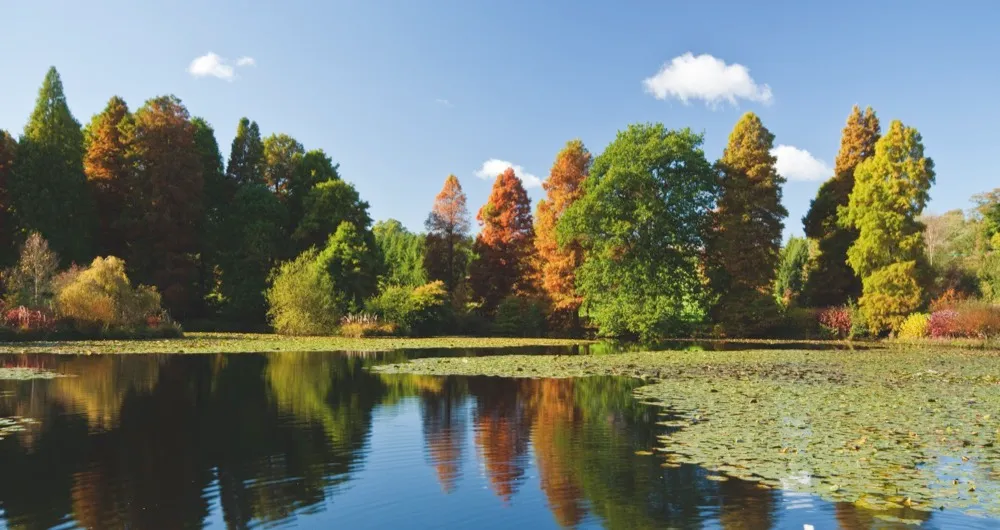
Bedgebury is a recreational and conservational arboretum, totalling over 12,000 trees and shrubs, many of which are rare and endangered. It contains some of the oldest and largest examples of conifers in Britain and is recognised as the most complete collection of conifers in any one place in the world.
Originated by Kew botanist William Dallimore in the 1920s, the 320-acre site was chosen over Kew Gardens (which suffered from smog and air pollution), for its marshy land and drier ridges, which better suited conifers. Largely evergreen, there are some interesting deciduous species, such as larch, that turn a vivid yellow.
Derby Arboretum Park

Derby Arboretum Park was created by John Claudius Loudon at the request of local cotton mill owner Joseph Strutt. It was given to the city of Derby in 1840 to provide an area for ‘exercise and recreation in the fresh air’ at a time when industry dominated – and polluted – towns and cities, and ‘to offer the means of instruction to visitors’ with the labelled collection of trees and shrubs.
Today, the arboretum is Grade II-listed and maintains the same philosophy that was shared by Loudon and Strutt. While some of the original specimens have not survived, highlights include the red oak, introduced from America, the Indian bean tree and the silver pendant lime.
Winkworth Arboretum Garden

The only dedicated arboretum in the National Trust’s portfolio of properties, Winkworth is set around a magnificent lake and wetland area in the picturesque Surrey Hills and features spectacular views across the landscape.
It was created in the 1930s by amateur gardener Dr Fox, who was passionate about trees and today there are over 1,000 specimens.
The Japanese, American and Norwegian maples, sweet gum, tupelo, katsura and sorrel trees are noteworthy for their striking colour. Free guided walks take place on the first Wednesday of the month (check the website for times).
Dawyck Botanic Garden
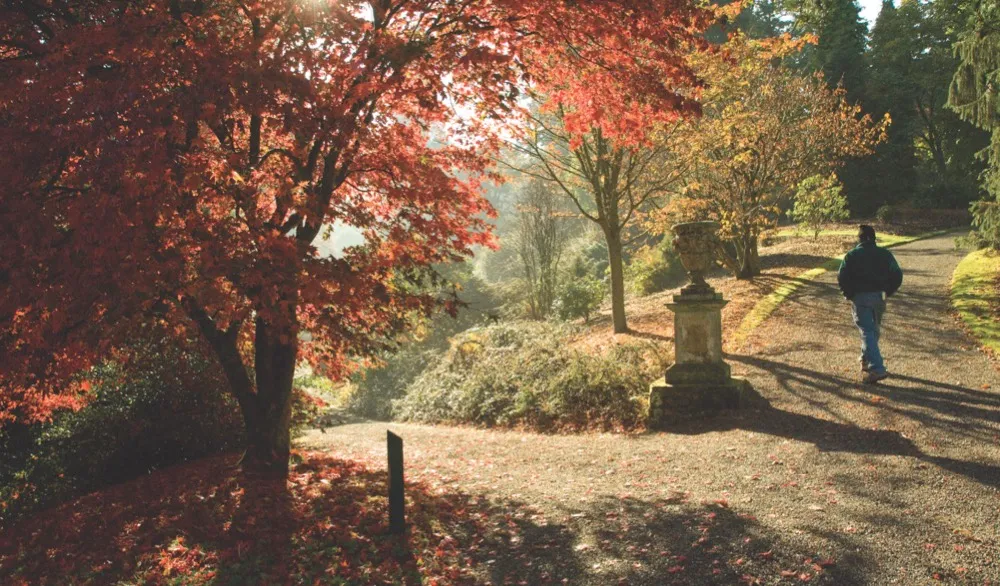
Dawyck Botanic Gardenis a gem in the Scottish Borders, with over 300 years of tree planting that has benefited from the cooler temperatures of its location.
Highlights in the 62-acre site include exotic conifers dating back to 1680, the unique dawyck beech, horse chestnut, Japanese maples, yellow birch and a large Japanese katsura tree, which overhangs the Scrape Glen.
Don’t miss the beech walk, which affords exquisite views of Dawyck House with Trahenna Hill in the distance.
Stone Lane Gardens Arboretum

Stone Lane Gardens Arboretumis the incredible work of the late Kenneth Ashburner, who began his arboretum on the edge of Dartmoor National Park in 1971.
Astonishingly, he planted out trees that were grown from the seed he had collected on expeditions around the Northern Hemisphere, as well as from other nurseries and botanic gardens.
Today, among over 1,000 trees in the five acres of woodland, there are 34 alder and 69 birch species, and this collection was awarded National Collection status in 1995. Stone Lane Gardens Arboretum also features pools, streams and an impressive variety of shade-loving plants.
Glenwhan Garden and Arboretum
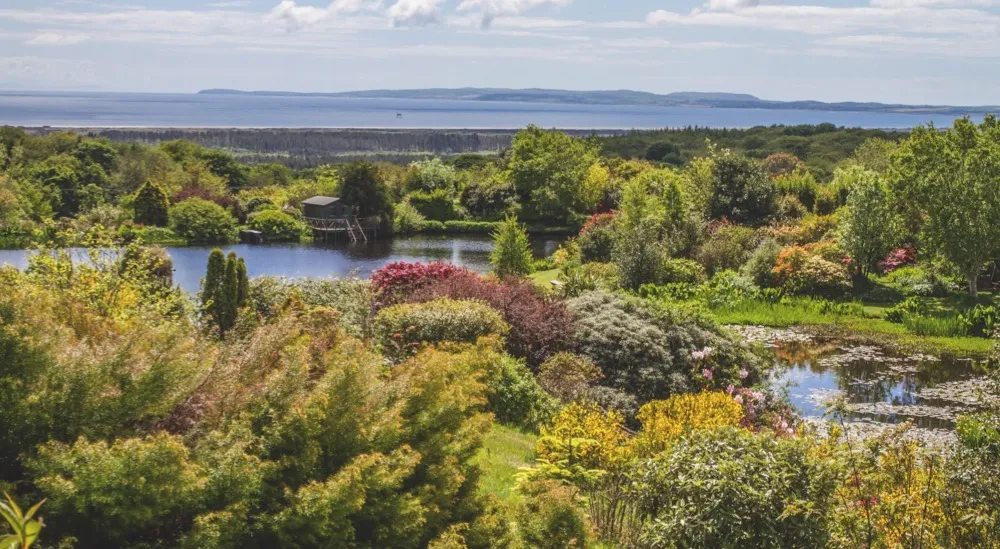
Created by plantsperson Tessa Knott, the 12-acreGlenwhan Garden and Arboretumboasts a range of mixed conifers and deciduous trees, such as the Chilean fire bush, eucryphias and olearias from New Zealand and eucalyptus, which benefit from the gardens proximity to the Gulf Stream and its mild climate.
While visiting Glenwhan, take a moment to appreciate the breathtaking views over Luce Bay, the Mull of Galloway and the Isle of Man.
Follow the new tree trail, which features over 130 specimens, and wander around the neighbouring 17-acre moorland wildflower walk, which offers opportunities to spot red squirrel and peacocks.
Westonbirt, The National Arboretum

Westonbirt is arguably the most widely-known arboretum in the UK and was created by wealthy estate owner, Robert Stayner Holford, in 1855, largely for pleasure and to show off his status.
Holford initially laid out the Old Arboretum, then 40 years later his son, Sir George, expanded the site across the valley into Silk Wood, planting rhododendrons and maples, among many other specimens.
Managed by the Forestry Commission since 1956, the arboretum has one of the most important collections of trees and shrubs in the world, with over 16,000 specimens – some of the oldest, rarest and largest in the UK. Visitors can enjoy 17 miles of paths and a calendar of events and festivals.
Bluebell Arboretum & Nursery, Smisby
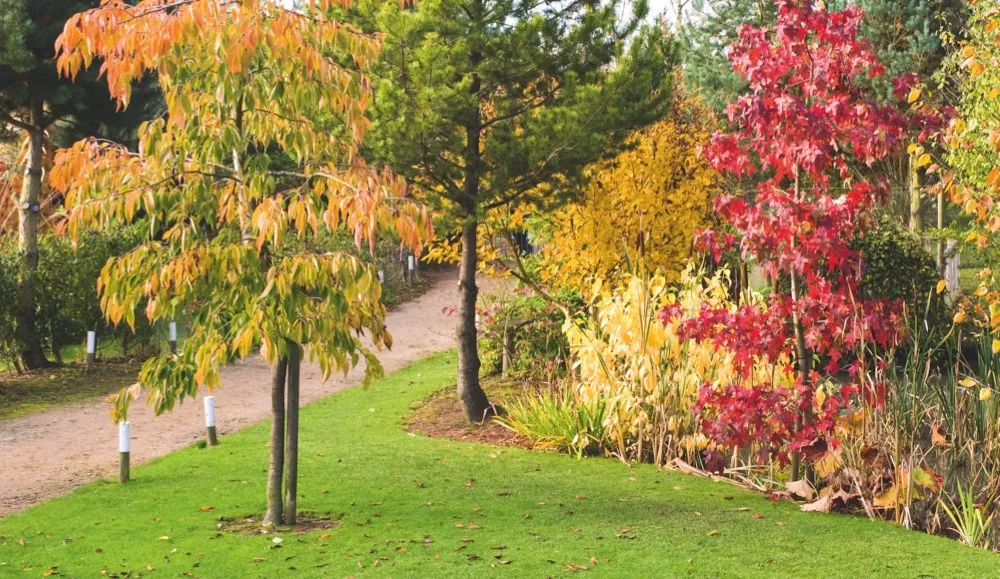
Despite its name, this isn’t a bluebell wood! Created over 20 years ago, Bluebell Arboretum and Nursery is filled with choice, rare and unusual specimens that are a delight to behold.
Initially designed to form a shelter-belt of native varieties for the award-winning family-run nursery, the arboretum now covers nine acres.
Highlights include maples, rare oaks, flowering dogwoods, cercis cultivars, redwoods and many other rare woody plants, all of which are available to buy. The woodland garden is fully labelled and guided tours are available, while staff are on hand to answer questions.
Harcourt Arboretum
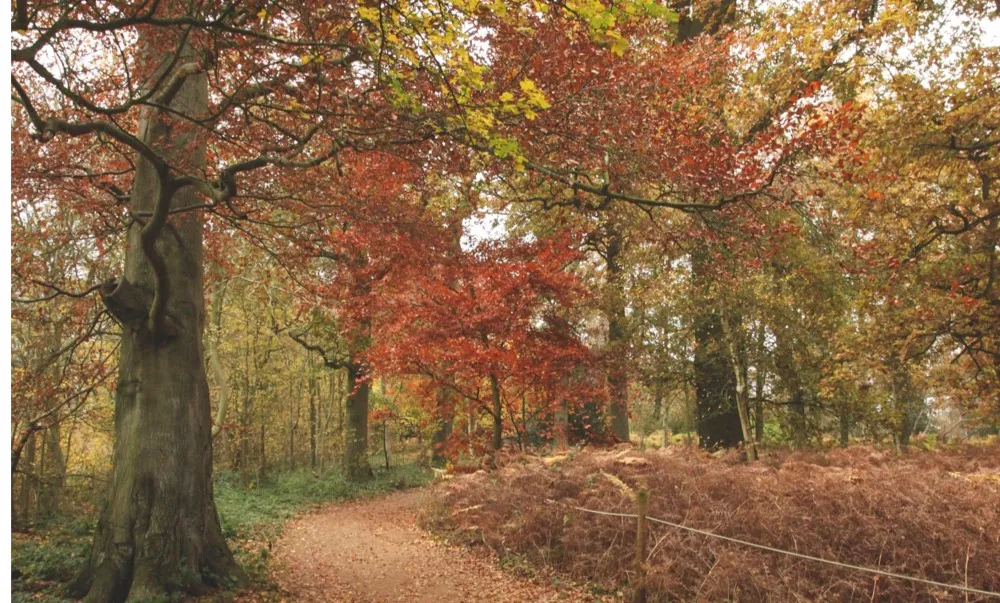
Dating back to 1835, Harcourt Arboretum has been part of Oxford University since 1963 and spreads across 130 acres.
Originally laid out by William Sawrey Gilpin, it contains some of the oldest redwoods in the UK as well as early introductions from the Pacific North West region of North America.
In the last 15 years, award-winning landscape architect Kim Wilkie was commissioned to restore the picturesque glades and serpentine ride and ‘develop a modern landscape’.
This work alone makes Harcourt a must-visit arboretum, but there is also the native woodland with oak, lime, birch and pine specimens to enjoy.